
NSF CAREER winners blend research and education
Four Rochester researchers are among the latest recipients of the National Science Foundation’s most prestigious award for junior faculty members.
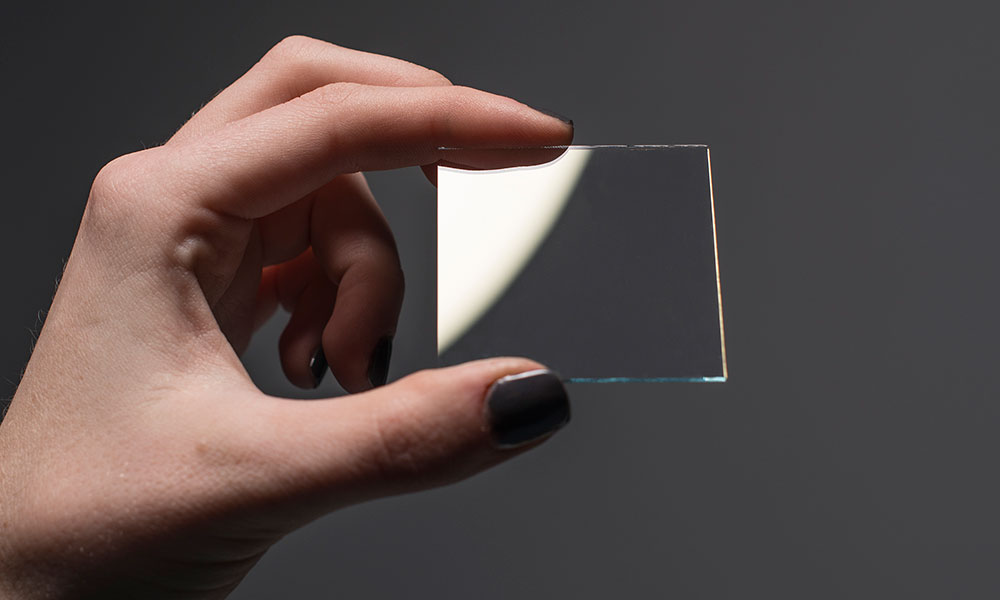
Researchers demonstrate record optical nonlinearity
A team led by Robert Boyd has demonstrated that the transparent, electrical conductor indium tin oxide can result in up to 100 times greater nonlinearity than other known materials, a potential ‘game changer’ for photonics applications.
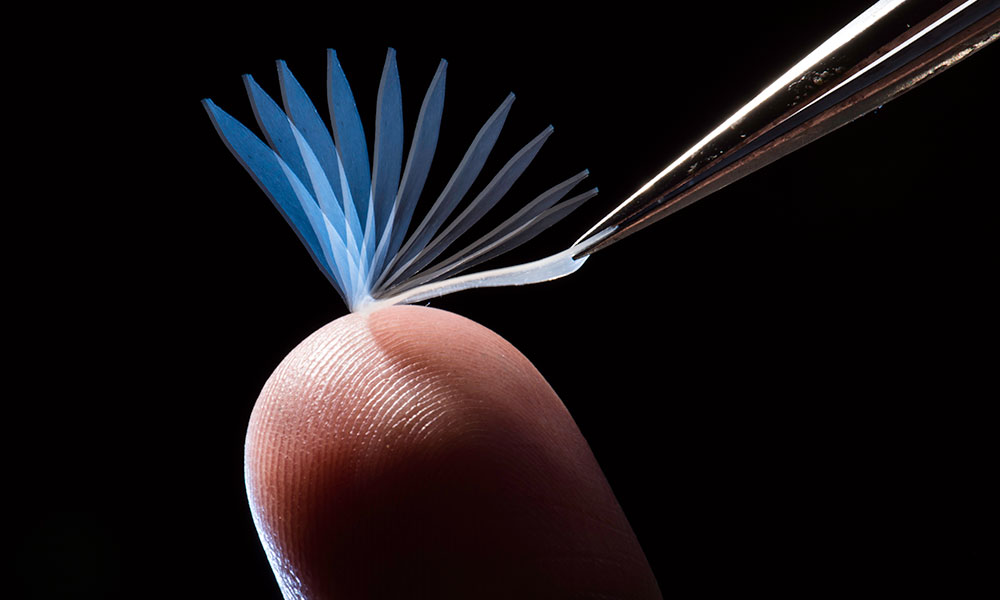
Body heat triggers shape change in new type of polymer
Polymers that visibly change shape when exposed to temperature changes are nothing new. But a research team led by chemical engineering professor Mitch Anthamatten has created a material that undergoes a shape change that can be triggered by body heat alone, opening the door for new medical and other applications.
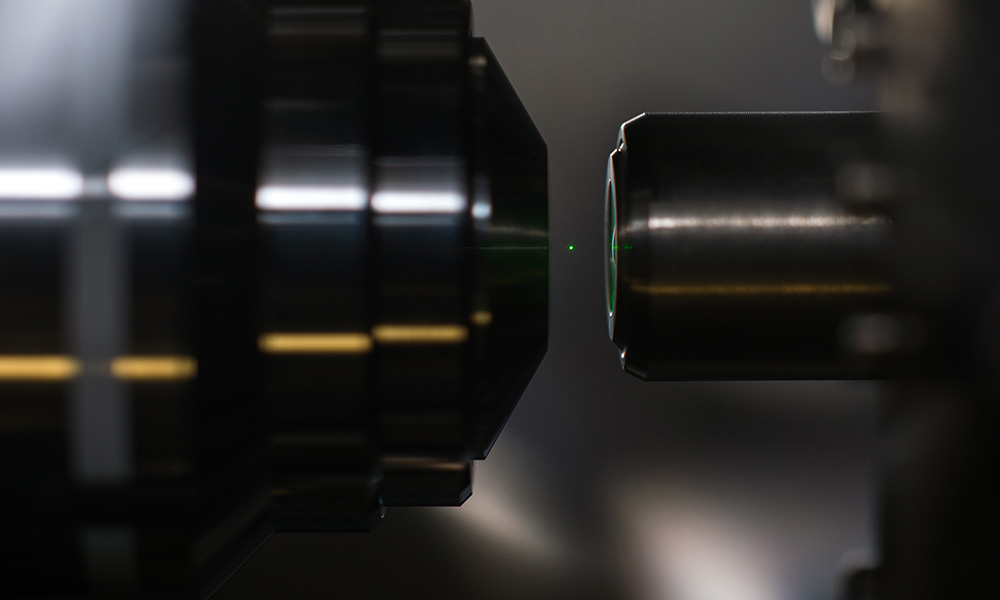
Researchers use laser to levitate glowing nanodiamonds in vacuum
Nick Vamivakas, assistant professor of optics, thinks his team’s work will make extremely sensitive instruments for sensing tiny forces and torques possible, and could also lead to a way to physically create larger-scale quantum systems known as macroscopic Schrödinger Cat states.
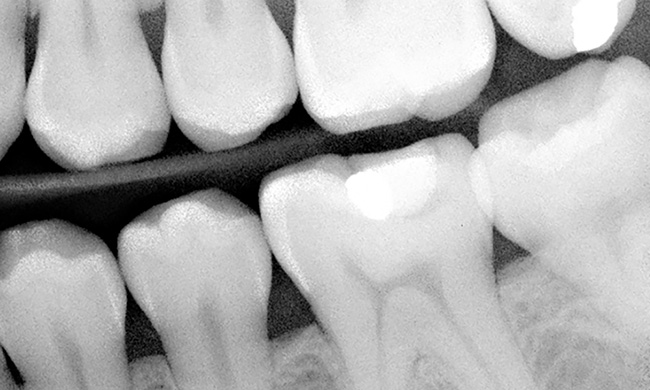
Nanoparticles provide novel way to apply drugs to dental plaque
Therapeutic anti-bacterial agents intended to reduce dental plaque and prevent tooth decay are often removed by saliva and the act of swallowing before they can take effect. But a team of researchers has developed a way to keep the drugs from being washed away.
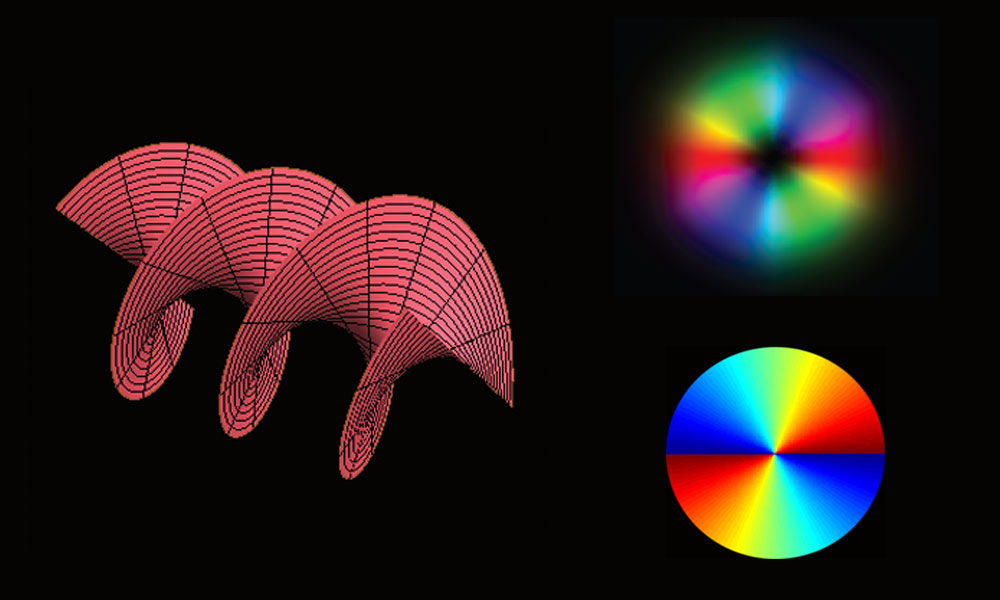
New approach uses “twisted light” to increase the efficiency of quantum cryptography systems
Rochester researchers and their collaborators have developed a way to transfer 2.05 bits per photon by using “twisted light.” The new approach doubles the 1 bit per photon that is possible with current systems that rely on light polarization and could help increase the efficiency of quantum cryptography systems.

Laser-generated surface structures create extremely water-repellent metals
Scientists at the Institute of Optics have used lasers to transform metals into extremely water repellent, or super-hydrophobic, materials without the need for temporary coatings.

Better tissue healing with disappearing hydrogels
When stem cells are used to regenerate bone tissue, many wind up migrating away from the repair site, which disrupts the healing process. A new technique keeps the stem cells in place, resulting in faster and better tissue regeneration.
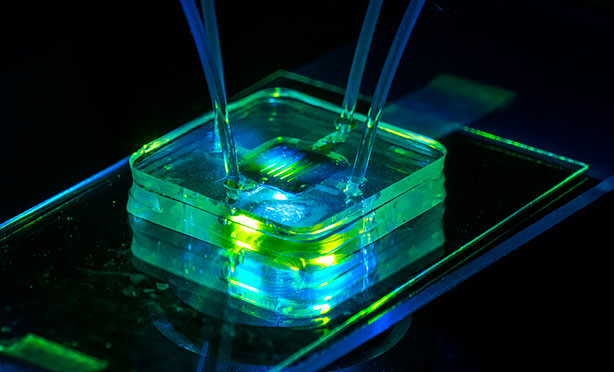
Super-thin membranes portend tiny pumps
A super-thin silicon membrane could pave the way for diagnostic devices the size of a credit card.
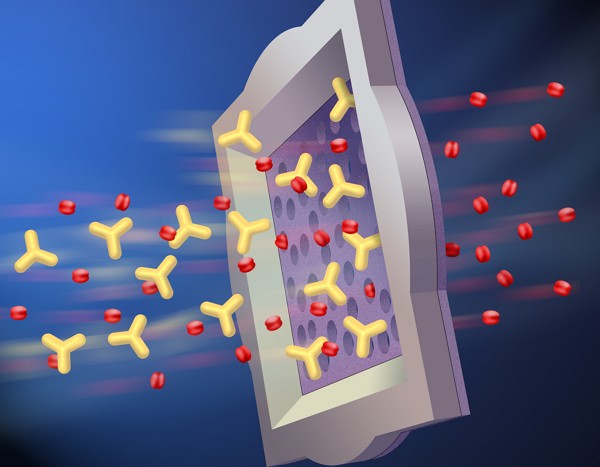
Diagnostic Devices to Feature Super-Thin Filters
DNA analysis and pathogen testing relies on filtration. These new membrane filters will be about 1,000 times thinner than the sponge-like filters used now, lending themselves to yet smaller, portable instrumentation for use in the field.
